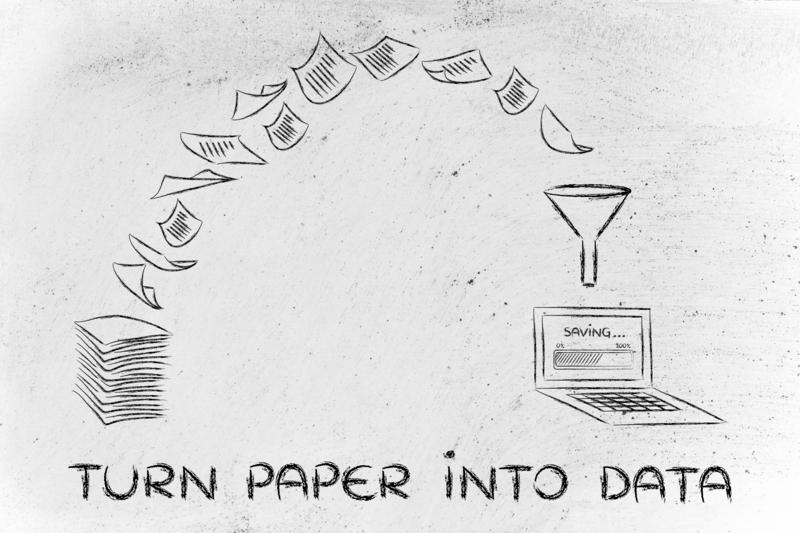The Do's and Don'ts of PPE Waste Disposal
In today's world, the use of Personal Protective Equipment (PPE) has become routine in healthcare, industrial, and even household settings. However, an important aspect often overlooked is the proper disposal of PPE waste. Incorrect PPE waste disposal can harm the environment and pose a health risk to humans and animals. In this comprehensive and comprehensive guide, we will explore the do's and don'ts of PPE waste management to help you handle protective gear responsibly.

Understanding PPE and Why its Disposal is Critical
Personal Protective Equipment includes items such as face masks, gloves, gowns, face shields, respirators, and shoe covers. These are essential in preventing the spread of infections, harmful substances, and injuries, especially in settings like hospitals, laboratories, construction sites, and public areas during health crises like the COVID-19 pandemic.
However, once used, these items become waste, often contaminated with pathogens or hazardous materials. This makes PPE waste management a crucial element in safety and environmental preservation. Disposal mistakes can lead to public health crises, wildlife deaths, pollution, and fines for non-compliance with legal requirements.
Common Types of PPE Waste
- Disposable face masks (surgical, N95, cloth)
- Gloves (latex, nitrile, vinyl, polyethylene)
- Gowns and aprons
- Shoe covers
- Goggles and face shields
- Respirators
- Ear plugs and protective headgear
Proper disposal is vital for each item. While some can be safely incinerated, others might be recycled or require special handling.
The Do's of PPE Waste Disposal
1. Segregate PPE Waste Correctly
- Separate PPE waste from general waste. Use clearly labeled bins specifically for PPE-related items to avoid cross-contamination.
- Distinguish between infectious PPE waste (contact with bodily fluids) and non-infectious items.
2. Use Appropriate Containers
- Always dispose PPE in leak-proof, puncture-resistant bags or bins to minimize exposure risks.
- For medical PPE waste, utilize color-coded bins as per regulations: usually yellow or red bags for infectious waste.
- Ensure containers are lined and sealed adequately to prevent spills and leaks.
3. Follow Local Regulations
- Each region has specific PPE waste disposal guidelines. Check your local authority's instructions on handling, transport, and disposal.
- Adhere strictly to OSHA, CDC, or WHO protocols if you are in the United States or following global standards.
4. Ensure Secure Transportation
- When moving PPE waste, use authorized and certified waste carriers for safe and tracked disposal.
- If you manage PPE in a business or healthcare setting, make sure both internal and external staff are trained in secure waste transportation.
5. Consider Environmentally Responsible Solutions
- *Whenever possible, choose PPE made from biodegradable materials to reduce landfill burden.*
- Seek out recycling programs for non-contaminated PPE items, such as certain types of masks and face shields.
6. Protect Waste Handlers
- Those handling or storing PPE waste must use adequate protective gear themselves, such as gloves, masks, and sometimes eye protection.
- Provide training on the risks associated with PPE waste and proper handling techniques to all staff involved.
7. Educate Staff and the Public
- Run regular awareness campaigns on the importance of PPE waste management.
- Display clear, visible instructions beside disposal stations.
The Don'ts of PPE Waste Disposal
1. Don't Mix PPE Waste with Household or General Waste
- Never throw masks, gloves, or contaminated PPE into your regular trash. This can expose sanitation workers and the community to health hazards.
- Avoid using public bins for disposing of large amounts of PPE waste from commercial or healthcare settings.
2. Don't Flush PPE Down Toilets or Drains
- Never flush masks, gloves, or wipes down the toilet! This leads to clogged sewage systems and environmental pollution.
3. Don't Attempt to Reuse or Recycle Contaminated PPE at Home
- Avoid washing and reusing single-use PPE items. This may reduce their effectiveness and spread pathogens.
- Do not put soiled PPE in home recycling bins; it may contaminate the recycling process.
4. Don't Burn PPE in Open Areas or without Authorization
- Avoid open burning of PPE waste. Burning plastics and synthetic fibers can release toxic fumes, damaging air quality and health.
5. Don't Overfill PPE Disposal Bins
- Overfilled bins can easily spill or leak, increasing the risk of exposure. Regularly empty and replace PPE bins as needed.
6. Don't Forget About Specialized Waste
- Items like respirators, face shields, and certain chemical gloves may require special handling procedures. Do not dispose of these with regular PPE waste unless guidelines specifically permit.
7. Don't Ignore Signs of Hazard or Mishandling
- If you see a leaky, overfull, or incorrectly labeled PPE disposal bin, report or fix it immediately.
- Do not ignore improper disposal, as it can escalate into wider public health issues.
PPE Waste Disposal Techniques: Methods and Recommendations
1. Incineration
- High-temperature incineration is the most common method for infectious PPE waste disposal. It completely destroys pathogens but must be done in regulated, controlled environments.
2. Autoclaving
- Some PPE waste can be steam-sterilized with autoclaves before landfill disposal, reducing health hazards.
3. Chemical Disinfection
- For certain items, chemical disinfectants can treat PPE waste before it is discarded. However, this is subject to local regulations and is not always suitable for all PPE.
4. Secure Landfill Disposal
- Non-recyclable and non-hazardous PPE should go to lined, designated landfills that prevent leaching into soil and groundwater.
5. Recycling (Limited Items)
- Where safe, certain single-use PPE items (such as some face shields) may be recyclable. Always check local recycling policies.
Key Challenges of PPE Waste Disposal
PPE waste management faces several challenges:
- Volume Management: Pandemics and industrial activities increase waste output, putting pressure on disposal systems.
- Differentiating Hazardous from Non-Hazardous Waste: Proper training is needed to avoid errors in waste categorization.
- Environmental Impact: The rise in plastic-based PPE strains recycling and landfill capacities.
- Public Compliance: Lack of awareness or clear instructions can lead to improper disposal.
Best Practices for PPE Waste Disposal in Different Settings
1. Healthcare Facilities
- Install sharps containers and biohazard bins at multiple points to encourage proper disposal.
- Regularly monitor waste bins for overfilling and contamination.
2. Industrial and Laboratory Environments
- Use heavy-duty, chemical-resistant bags for collecting hazardous PPE.
- Train staff to recognize specific waste streams and not to mix lab waste with general PPE waste.
3. Household or Community Settings
- Dispose of used PPE in designated curbside waste bins, ideally sealed in a bag, especially if you suspect contamination with germs.
- Encourage use of cloth masks where appropriate, as they can be laundered and reused.
Legal and Environmental Consequences of Improper PPE Waste Disposal
- Fines and penalties can be imposed for businesses and healthcare providers not following regulations.
- Environmental pollution, such as masks and gloves ending up in waterways, can harm wildlife and ecosystems.
- Exposing workers and the public to disease-causing pathogens can contribute to outbreaks and hospitalizations.

Eco-Friendly Innovations in PPE Disposal
Modern science and industry are collaborating on alternatives to minimize the environmental impact of PPE waste:
- Biodegradable PPE: Made from plant-based materials, these break down more easily in landfills.
- Closed-loop recycling: Companies are developing programs for the safe collection and recycling of PPE, turning waste into new products.
- Waste-to-energy: Advanced incineration facilities can convert PPE waste into electricity, reducing the need for landfills.
Conclusion: Responsible PPE Waste Disposal is Everyone's Duty
As PPE waste becomes a permanent part of our lives, taking steps to dispose of it responsibly not only protects individual health but also preserves the environment for future generations. By diligently following the do's and don'ts of PPE waste disposal, you can make a meaningful contribution to public health and nature conservation.
*Stay informed, choose environmentally friendly options whenever possible, and always follow your area's regulations to ensure safe and sustainable PPE disposal.*
Frequently Asked Questions About PPE Waste Disposal
-
Can I recycle used face masks or gloves?
Most single-use masks and gloves cannot be recycled in regular systems due to contamination and material composition. Look for specialized recycling programs in your area. -
What should I do if I see PPE waste littered in public?
Contact local waste management or environmental authorities. If you choose to pick it up, use gloves and a dedicated waste bag, then wash your hands thoroughly. -
Are biodegradable PPE products available?
Yes, modern biodegradable PPE options are emerging. Check labels and look for certifications when purchasing protective equipment. -
Is it safe to burn PPE at home?
No. Open burning is unsafe and illegal in many areas. Leave incineration to authorized waste management facilities only.
For responsible PPE waste management, knowledge and action go hand in hand. Remember these essential tips as you navigate the important task of PPE waste disposal.